Date: 27 February 2012
It stated that Europe needs to use its resources much more sparingly by recycling more, meaning we need higher collection rates and higher quality of collected glass. The report concludes that only glass bottles and jars collected separately will result in both a higher quantity and quality of post consumer glass (cullet) availability that can save resources to make new packaging.
Glass stands out as one of the best examples of the closed loop production model because it is one of the most effectively recycled materials in Europe (67 percent on average). This is not only because of its natural characteristics - it is 100 percent and infinitely recyclable -, but also because of well established separate collection schemes. More can be done however and the study highlights some good practices. More recycled glass brings major benefits for the environment because when recycled glass is used, fewer raw materials are extracted, less waste is generated, less energy is used and less CO2 is emitted.
25bn bottles and jars collected
“Last year, more than 25bn bottles and jars were collected in Europe, while almost 100 percent of the glass collected is used, the vast majority of it well over 80 percent is actually recycled in a bottle-to-bottle production system supporting a circular economy”, observes Adeline Farrelly, FEVE Secretary General. “The better the quality of the glass collected the more we can recycle in a bottle to bottle system. This type of glass recycling is not only a local industry but also brings major economic and environmental benefits. We strongly support the findings of this timely study which underpins the importance given to recycling in the EU’s waste hierarchy.”
Based on a comprehensive assessment of European municipalities’ collection schemes, the ACR+ study identifies eight schemes including bottle banks with colour separation, as key drivers to glass recycling growth.
Separate collection system is better
In separate collection systems the processed material is of better quality to meet the specifications necessary for the bottle-to-bottle production and is cost competitive in relation to the use of virgin raw materials. Other systems, like co-mingled collections can be either too costly or provide glass only suitable for low-grade applications (e.g. as aggregate). These applications are literally a waste – because the material is lost forever from the circular economy.
“We need a more integrated approach with all the stakeholders along the chain, including citizens, and make more sustainable waste collection decisions in the future”, states Olivier De Clercq, Secretary General of ACR +. “We think it’s important for local authorities and collection organizations to know more about what happens to materials once they are collected. Clear technical guidelines and ad hoc support for proper glass collection would make recycling easier and even better performing.”
Clearer communication recommended
The study also recommends more and clearer communication to citizens about the benefits of glass collection and recycling in a bottle-to-bottle system, and the role they can play. Municipalities can work on this aspect too, as can industry. The European container glass manufacturers - through FEVE - support “Friends of Glass”, a self-fed European consumer community of more than 30,000 people promoting the consumer right to choose food and drinks in glass packaging. A number of tools are available on friendsofglass.com to increase consumer awareness about glass recycling and the environment.
The study “Good practices in collection and closed-loop glass recycling in Europe” and its synopsis is available on feve.org.
Quelle: European Container Glass Federation (FEVE)


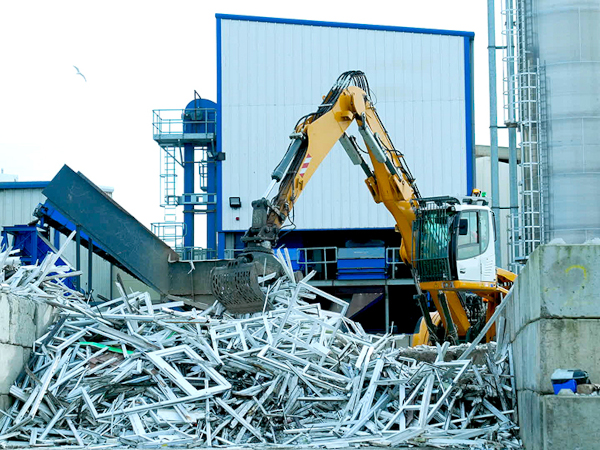
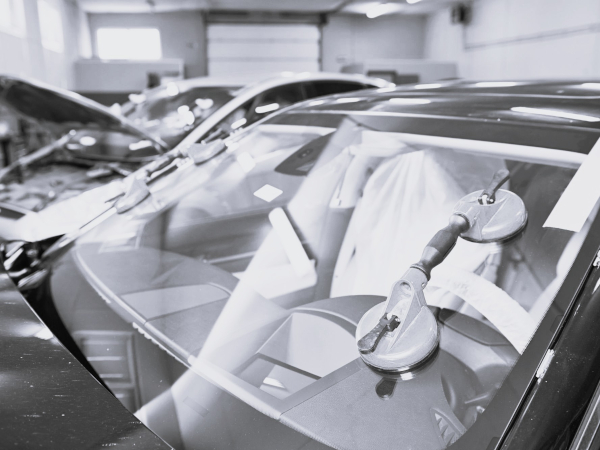
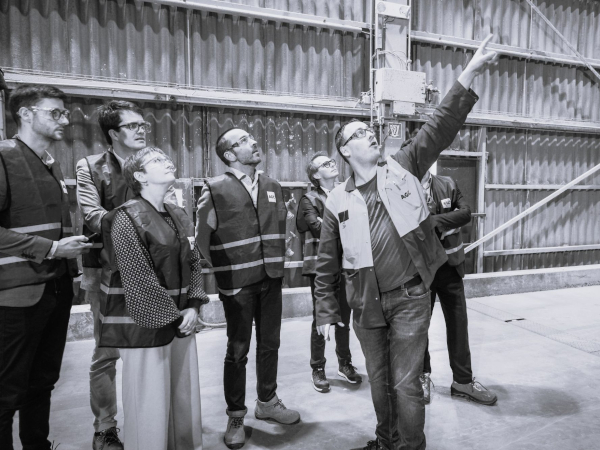
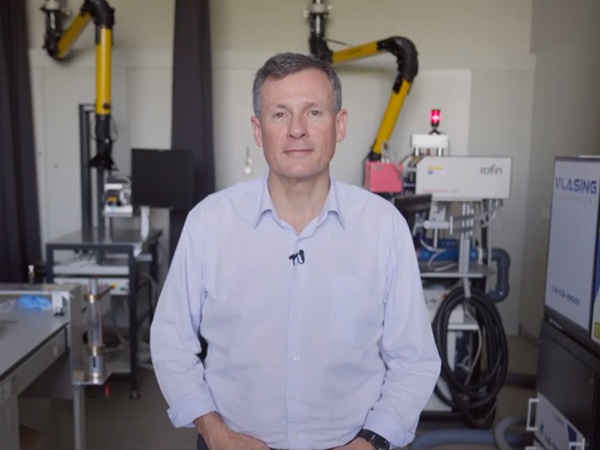
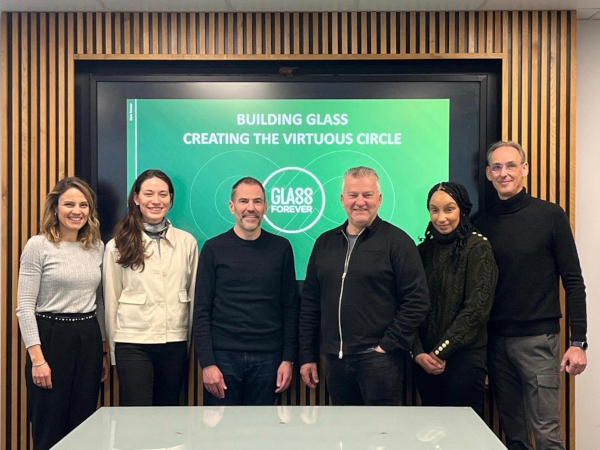
Add new comment